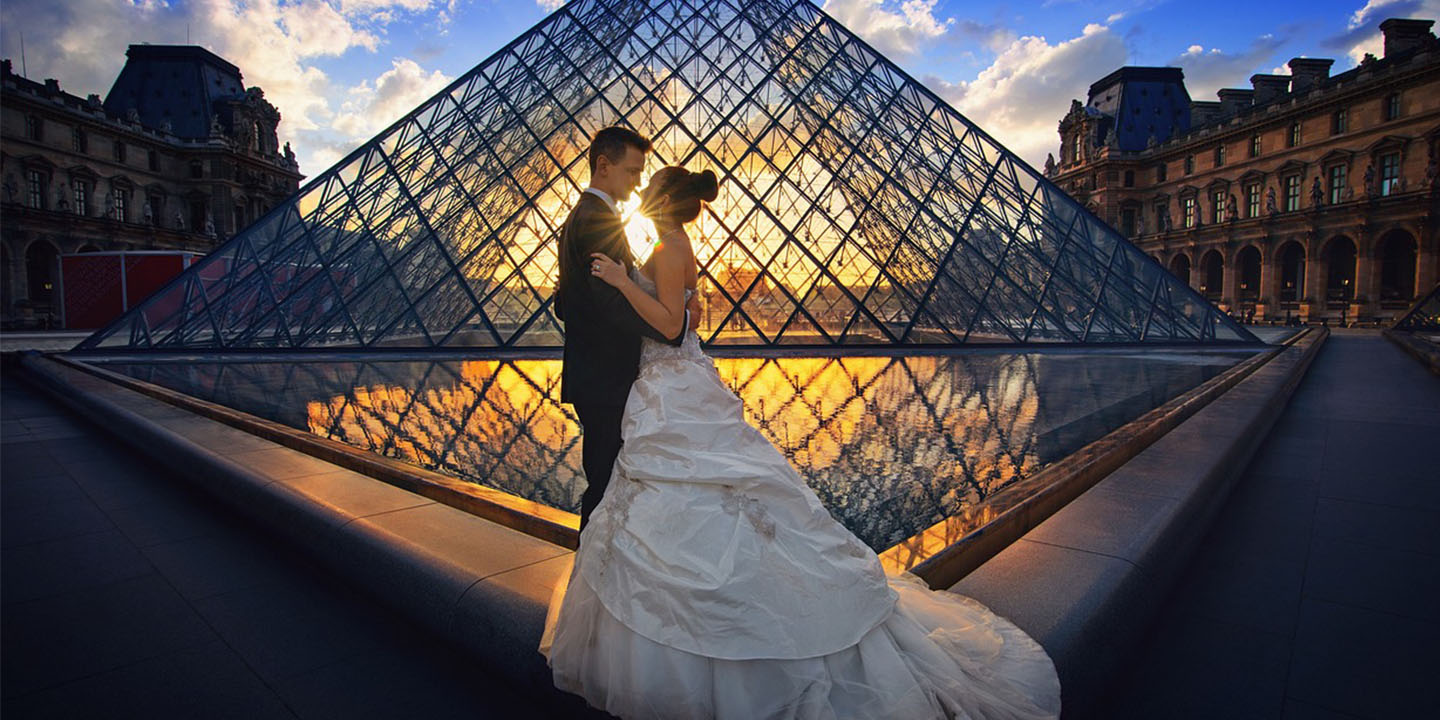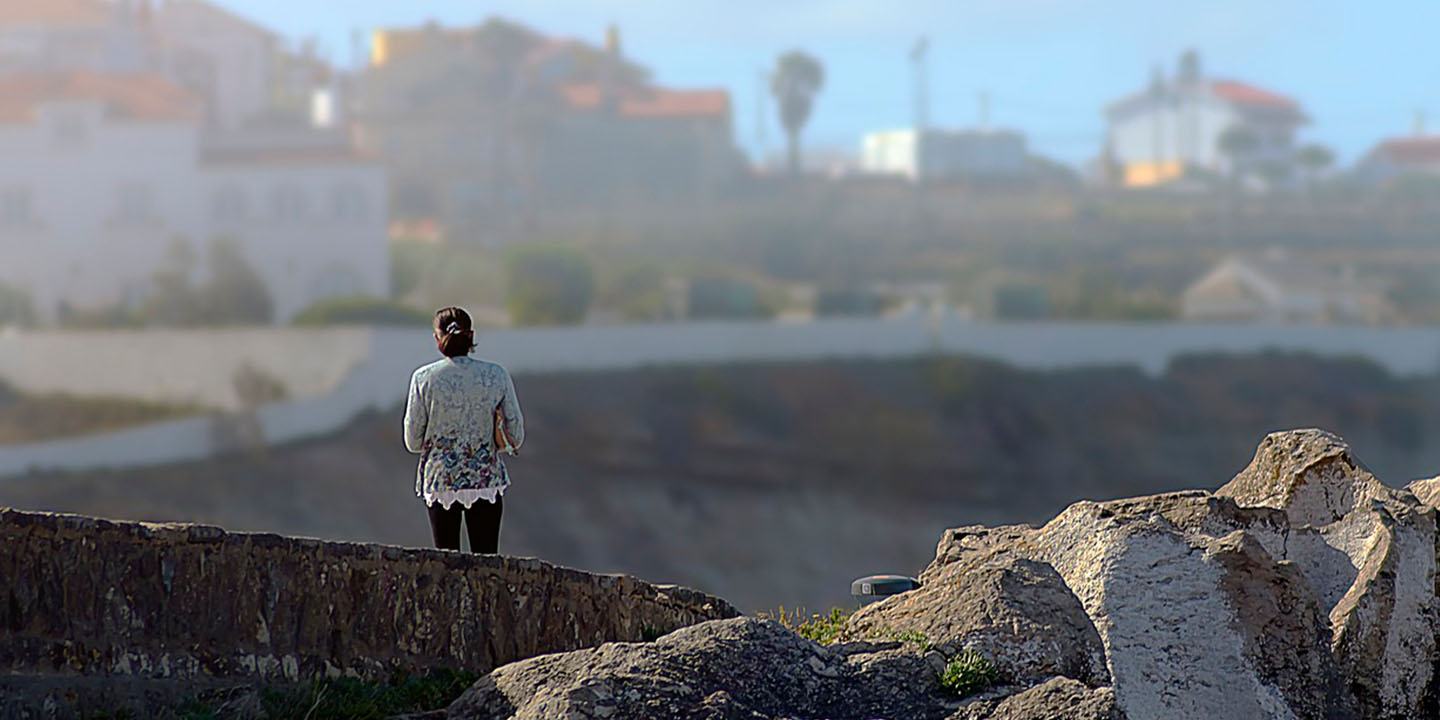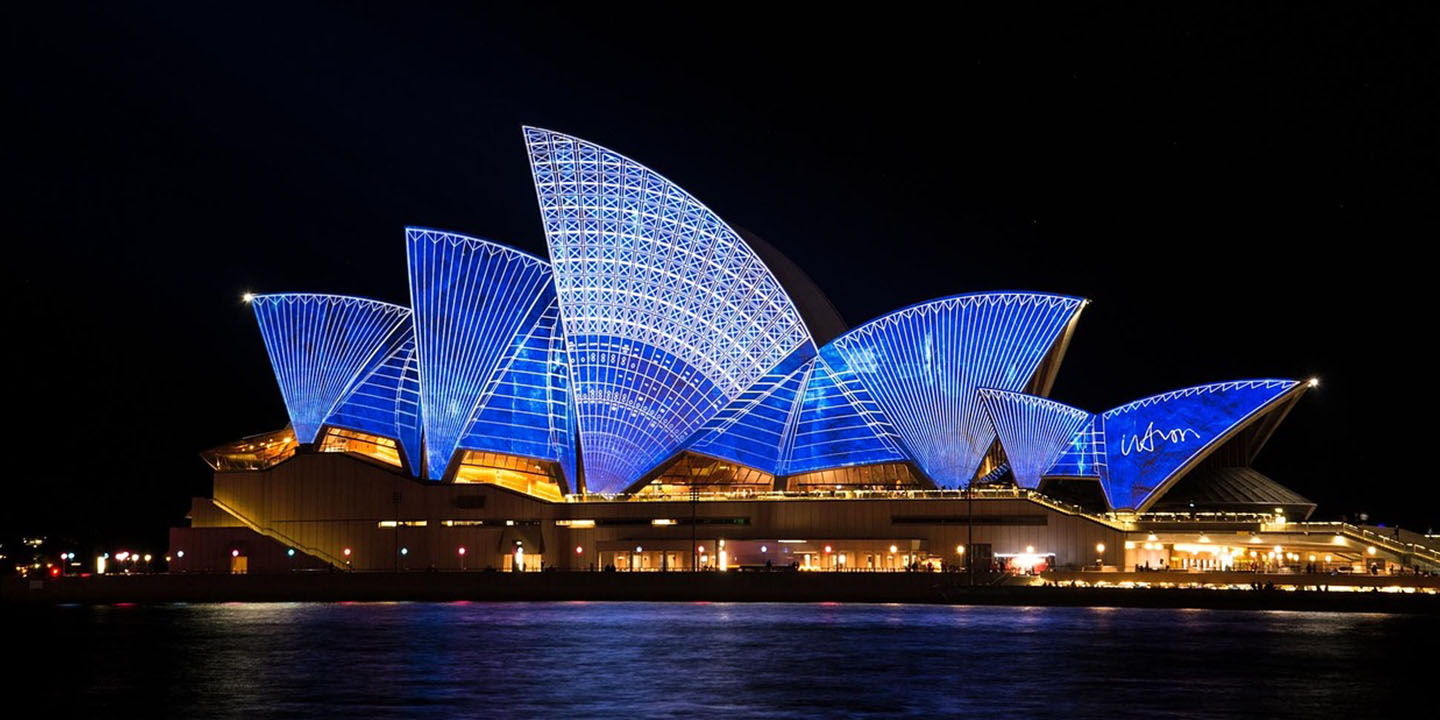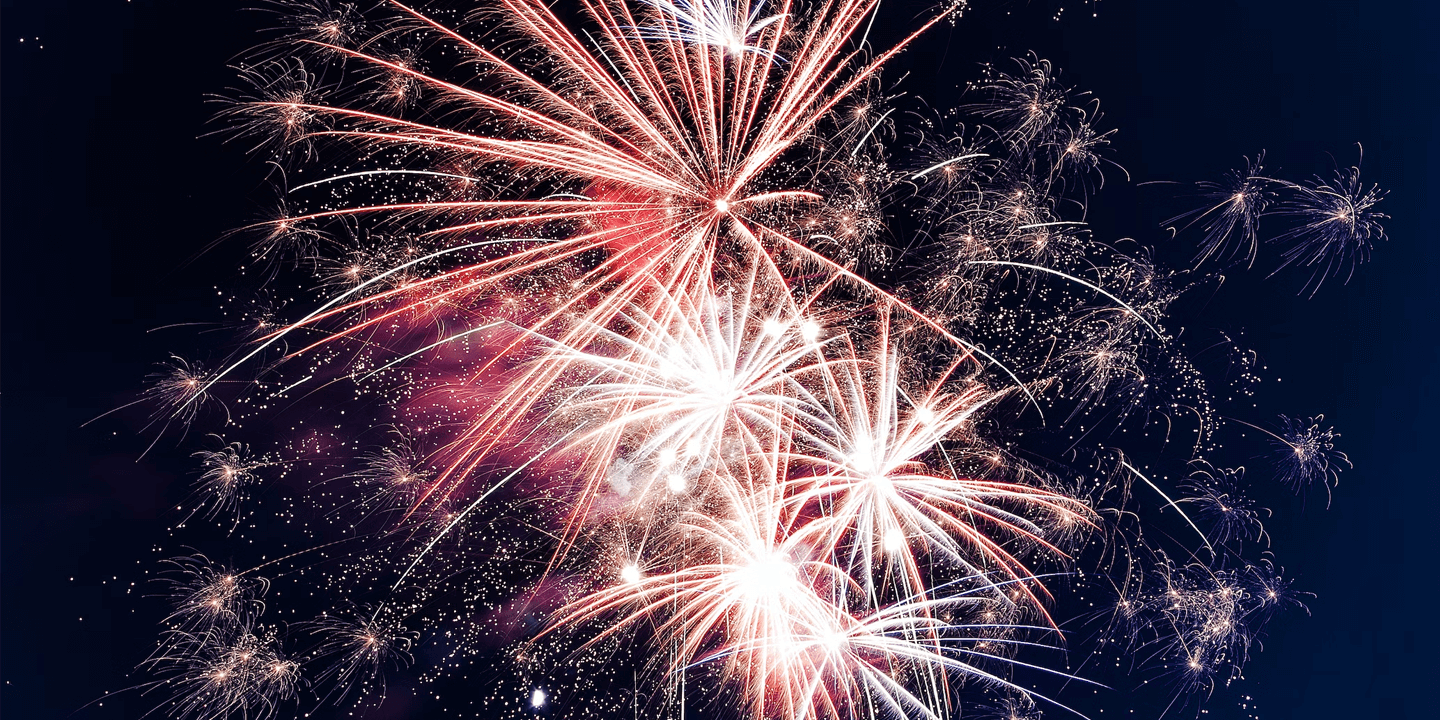Canada’s Got A Reputation
Stereotypes can start as jokes and then stick like maple syrup. Canada’s collected its fair share—some with truth, others wildly off the mark. Instead of just busting myths, we’re digging into where these ideas come from and how much they actually reflect life in the Great White North.
1. Love For Maple Syrup
There’s real history behind the sweet stuff. Indigenous communities were boiling sap long before Europeans showed up. Today, Quebec produces over 70% of the world’s maple syrup, and it’s taken seriously as a top export and a point of pride. It’s a cliché, but not an empty one.
2. Saying "Eh"
Linguists call it a tag question, softening statements to invite response or consensus. “Cold out, eh?” bridges directness with politeness. Traced back to Scottish influence, it’s not unique to Canada, but its frequency and tone have become nationally recognized, even if not universally used.
3. Hockey Obsession
This one’s basically a fact. Canada’s love for hockey runs deep, like national-identity deep. The 1972 Summit Series wasn’t just a win over the USSR; it was an emotional victory. Kids grow up learning to skate before they walk in some towns, and there are thousands of rinks to prove it.
4. Apologizing Constantly
Canadians do say "sorry" a lot, but it is not always about taking the blame. In 2009, Ontario even passed a law saying an apology does not equal legal guilt. It is more about keeping things smooth and polite, even when no one is actually at fault.
5. Riding Moose To Work
Although this one is pure fiction, it’s persistent. No moose taxis roam city streets, but the animal’s scale and presence in Canadian wilderness fuel the myth. Standing up to 7 feet tall, moose roam more freely than people in some remote provinces.
6. Saying “Please” Excessively
Customer service calls and government signage often echo a uniquely courteous tone. “Please listen carefully” and “Kindly hold the line” are standard. It's not that every Canadian overuses "please," but public-facing systems and even road signs reflect a culture of softening commands into considerate invitations.
7. Living In Igloos
The Inuit of the Eastern Arctic once used igloos as temporary shelters during winter hunts, not as year-round homes. Still, the frozen-dome myth persists. Today, 80% of Canadians live in urban areas, many near the U.S. border. Yet the image of permanent igloo-living refuses to melt.
8. Avoiding Direct Confrontation
In many Canadian settings, people avoid blunt refusals and lean on softer language like “I’m not sure that’s possible.” This isn’t passive aggression. It's more about keeping things smooth. Studies have shown that this preference for indirectness stands out in North American communication styles.
 Photo By: Kaboompics.com on Pexels
Photo By: Kaboompics.com on Pexels
9. Mounted Police
The red serge and wide-brimmed hat of the RCMP have become symbolic, especially to tourists. But most officers don’t ride horses and aren’t stationed in cities like Toronto or Vancouver. The image comes from ceremonial units and historical origins, not from the daily reality of modern law enforcement.
 James Boyes from UK on Wikimedia
James Boyes from UK on Wikimedia
10. Drinking Tim Hortons Daily
Roughly 8 out of 10 cups of coffee sold in Canada come from Tim Hortons. Founded in 1964 by NHL player Tim Horton, it grew into a chain serving more than just caffeine. It became a national meeting place. The loyalty runs deep, even with debates about the coffee.
11. Cold All Year Round
It does get cold, but not all the time. Vancouver rarely sees snow, and Toronto’s summers regularly hit 85°F. Canada spans six time zones and countless climates. While the north experiences deep freezes, cities like Victoria stay mild. The stereotype sticks because people picture igloos in July.
 Paul Joseph from vancouver, bc, canada on Wikimedia
Paul Joseph from vancouver, bc, canada on Wikimedia
12. Quebec Separatist Assumptions
The idea of Quebec separating is often exaggerated. Although the 1995 referendum was a close call, not all Quebecers seek independence now. Tensions between French and English speakers are real but have changed over time. The assumption that Quebec is always planning to leave is oversimplified.
13. Saying “Aboot” Instead of “About”
This pronunciation myth stuck hard. Linguists clarify that Canadians say “about” with a slightly raised vowel, closer to “a-boat” than “a-boot.” It’s called Canadian Raising, and it affects other words too, like “out” and “house.” The stereotype thrives in American comedy, but actual Canadian speech doesn’t match the parody.
14. Wearing Flannel Shirts
The lumberjack image never faded. In the early 1900s, Canada’s economy leaned on logging, and flannel was the uniform. Even now, it’s functional in cold weather and popular in fashion. Just don’t assume every Canadian owns five red plaid shirts.
15. Always Peaceful
The image of Canada as calm and conflict-free often skips over its complex history. Political clashes and military contributions abroad paint a fuller picture. From the Oka Crisis to peacekeeping missions, the narrative of perfect harmony misses reality. Canadians value peace, but that doesn’t mean tension never exists.
16. Watching Curling
Curling is a club culture and a strategy game rolled into one. With over a thousand curling clubs across Canada, the sport’s draw spans age groups. Internationally, Canada dominates the championship scene. Casual viewers may joke, but fans take every stone seriously.
17. Obsession With Poutine
Fries and gravy may sound simple, but poutine carries cultural weight. Born in rural Quebec in the 1950s, it gained national love and international curiosity. It’s served in high-end restaurants and greasy diners alike. Though not a daily meal, poutine still symbolizes indulgence with unmistakably Canadian roots.
18. Too Nice To Be Honest
Bluntness isn’t prized in Canadian social norms. Feedback is often wrapped in soft language, not because of fear, but to preserve relationships. Canadians prefer diplomacy over confrontation. The “niceness” stereotype has truth in it, but it’s more about values than temperament.
19. Universal Health Care Pride
It’s publicly funded and widely defended. Canadians may critique wait times, but they’re quick to support the system itself. Introduced in stages starting in the 1960s, universal health care became a cornerstone of national identity. Outside Canada, it’s often misunderstood as perfection.
20. Adding “Buddy”
Not every Canadian uses “buddy,” but when it’s used, it’s layered. It can be friendly or sarcastic, welcoming or confrontational. The tone is everything. In rural communities and hockey locker rooms, it’s a staple. To outsiders, it sounds overly casual. To Canadians, it’s just one more word with range.

























